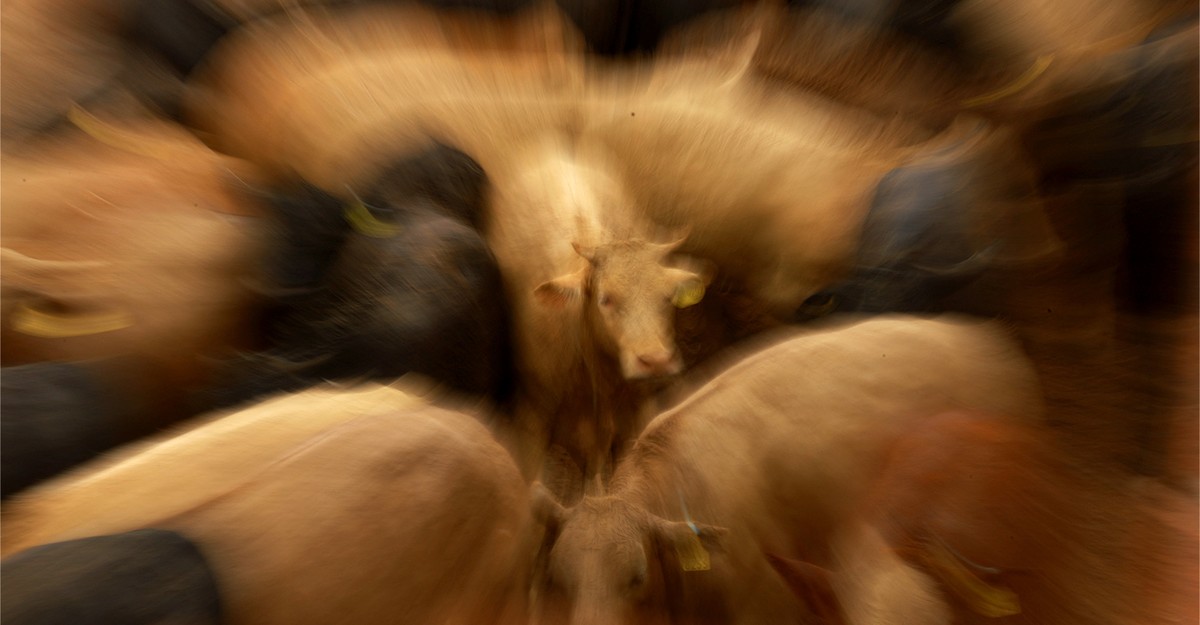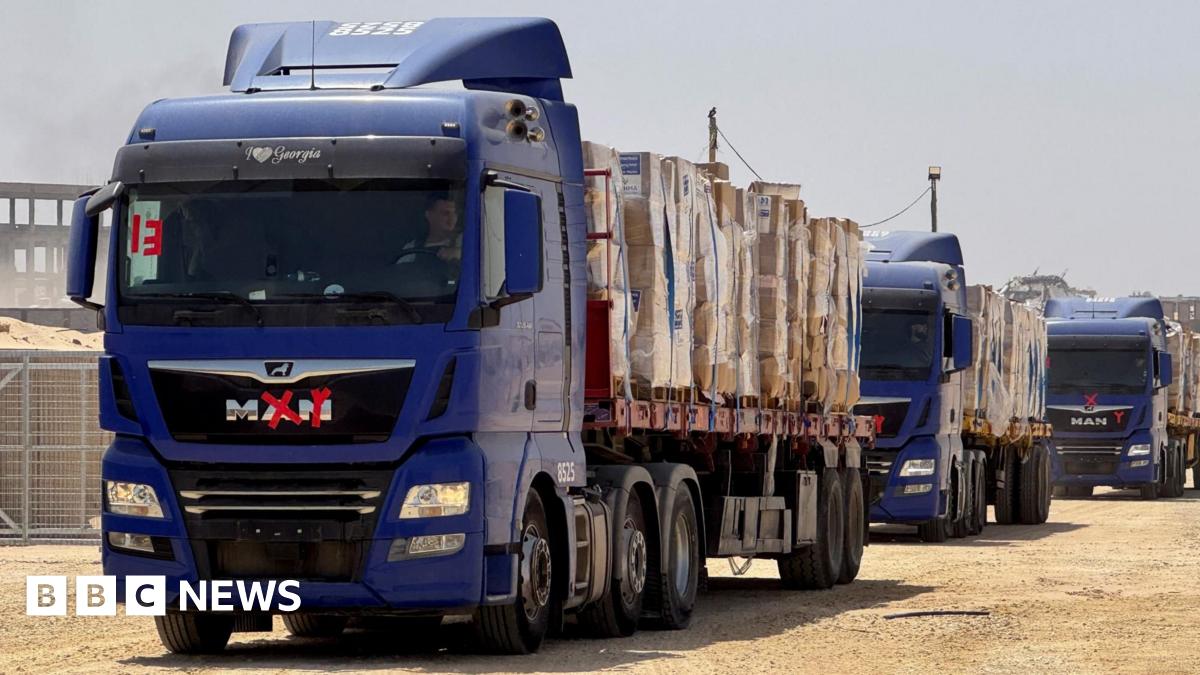Understanding The Danger: The Screwworm Fly And Livestock

Welcome to your ultimate source for breaking news, trending updates, and in-depth stories from around the world. Whether it's politics, technology, entertainment, sports, or lifestyle, we bring you real-time updates that keep you informed and ahead of the curve.
Our team works tirelessly to ensure you never miss a moment. From the latest developments in global events to the most talked-about topics on social media, our news platform is designed to deliver accurate and timely information, all in one place.
Stay in the know and join thousands of readers who trust us for reliable, up-to-date content. Explore our expertly curated articles and dive deeper into the stories that matter to you. Visit Best Website now and be part of the conversation. Don't miss out on the headlines that shape our world!
Table of Contents
Understanding the Danger: The Screwworm Fly and Livestock
The screwworm fly, a parasitic insect, poses a significant threat to livestock worldwide, causing debilitating infestations and substantial economic losses for farmers and ranchers. Understanding its life cycle, identifying infestations, and implementing effective control measures are crucial for protecting animals and livelihoods. This article delves into the dangers posed by this invasive pest and explores strategies for prevention and treatment.
What is a Screwworm Fly?
The screwworm fly ( Cochliomyia hominivorax) is a species of blow fly native to the Americas. Its larvae, known as screwworms, are obligate parasites, meaning they require a living host to survive and develop. Unlike other blow flies that typically lay eggs on decaying matter, female screwworm flies deposit their live larvae directly into open wounds of warm-blooded animals, including cattle, sheep, goats, pigs, and even humans.
The Lifecycle of Destruction: How Screwworms Infest Livestock
The screwworm's life cycle is rapid and devastating:
- Egg Laying/Larval Deposit: A female screwworm fly seeks out an open wound, such as a cut, abrasion, or navel in newborn animals. She deposits her live larvae directly into the wound.
- Larval Development: The larvae burrow into the living tissue, feeding on the host's flesh and causing significant damage. This feeding process releases toxins that can lead to secondary infections.
- Pupation: After several days of feeding, the larvae drop to the ground to pupate.
- Emergence: Adult flies emerge from the pupae, ready to mate and begin the cycle anew.
Identifying a Screwworm Infestation: Recognizing the Signs
Early detection is crucial in managing screwworm infestations. Look for the following signs:
- Restlessness and Depression: Infected animals often exhibit signs of discomfort and distress.
- Swollen, Infected Wounds: The wounds will be noticeably inflamed and may have a characteristic "rotten meat" odor.
- Maggots in Wounds: The presence of white, legless maggots is a definitive sign of screwworm infestation.
- Loss of Appetite and Weight: The continuous feeding by the larvae weakens the animal, leading to weight loss and reduced appetite.
If you suspect a screwworm infestation, immediate veterinary attention is vital.
Control and Prevention Strategies: Protecting Your Livestock
Effective screwworm management requires a multi-pronged approach:
- Wound Management: Promptly treat all wounds on livestock to prevent screwworm infestation. Clean and disinfect wounds thoroughly.
- Strategic Insecticides: Certain insecticides can be used to control adult screwworm flies. Consult with a veterinarian or agricultural expert for recommendations.
- Sterile Insect Technique (SIT): This is a highly effective method involving the mass release of sterile male flies, which compete with wild males for mating, reducing the overall population.
- Regular Inspection: Regularly inspect your livestock for any signs of wounds or infestations. Early detection is key to successful treatment.
The Economic Impact: A Costly Parasite
Screwworm infestations cause significant economic losses due to:
- Animal Mortality: Severe infestations can lead to the death of affected animals.
- Reduced Productivity: Infected animals experience reduced weight gain and milk production.
- Treatment Costs: Treating infestations requires veterinary care and medication, adding to overall expenses.
Conclusion: Vigilance is Key
The screwworm fly poses a serious threat to livestock health and the agricultural economy. By understanding its life cycle, recognizing the signs of infestation, and implementing effective control measures, farmers and ranchers can significantly reduce the impact of this devastating parasite and protect their valuable herds. Staying vigilant and proactive is crucial in the ongoing battle against this persistent pest. Consult with your local agricultural extension office or veterinarian for specific recommendations tailored to your region and livestock type.

Thank you for visiting our website, your trusted source for the latest updates and in-depth coverage on Understanding The Danger: The Screwworm Fly And Livestock. We're committed to keeping you informed with timely and accurate information to meet your curiosity and needs.
If you have any questions, suggestions, or feedback, we'd love to hear from you. Your insights are valuable to us and help us improve to serve you better. Feel free to reach out through our contact page.
Don't forget to bookmark our website and check back regularly for the latest headlines and trending topics. See you next time, and thank you for being part of our growing community!
Featured Posts
-
 Grand Slam Sucesso Brasileiro Em Roland Garros Com Henrique Rocha
May 29, 2025
Grand Slam Sucesso Brasileiro Em Roland Garros Com Henrique Rocha
May 29, 2025 -
 Humanitarian Aid Arrives In Gaza Us Backed Groups Initiative
May 29, 2025
Humanitarian Aid Arrives In Gaza Us Backed Groups Initiative
May 29, 2025 -
 Environmental Regulator Slaps Thames Water With 122 7m Fine
May 29, 2025
Environmental Regulator Slaps Thames Water With 122 7m Fine
May 29, 2025 -
 1 300 Children Dead Palestinian Ambassadors Heartbreaking Account
May 29, 2025
1 300 Children Dead Palestinian Ambassadors Heartbreaking Account
May 29, 2025 -
 Jaume Munar Vs Arthur Fils French Open Showdown Second Round Prediction
May 29, 2025
Jaume Munar Vs Arthur Fils French Open Showdown Second Round Prediction
May 29, 2025
